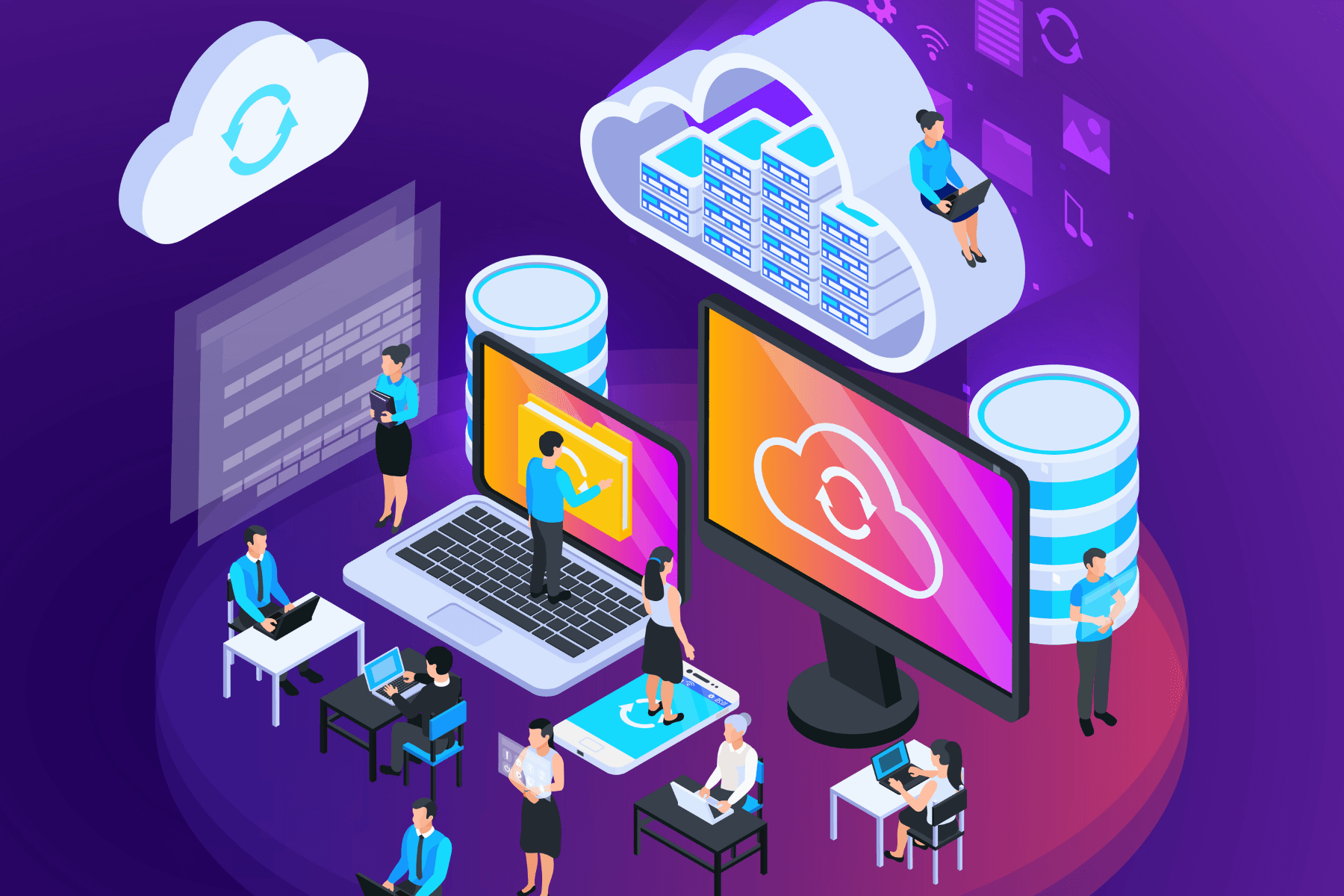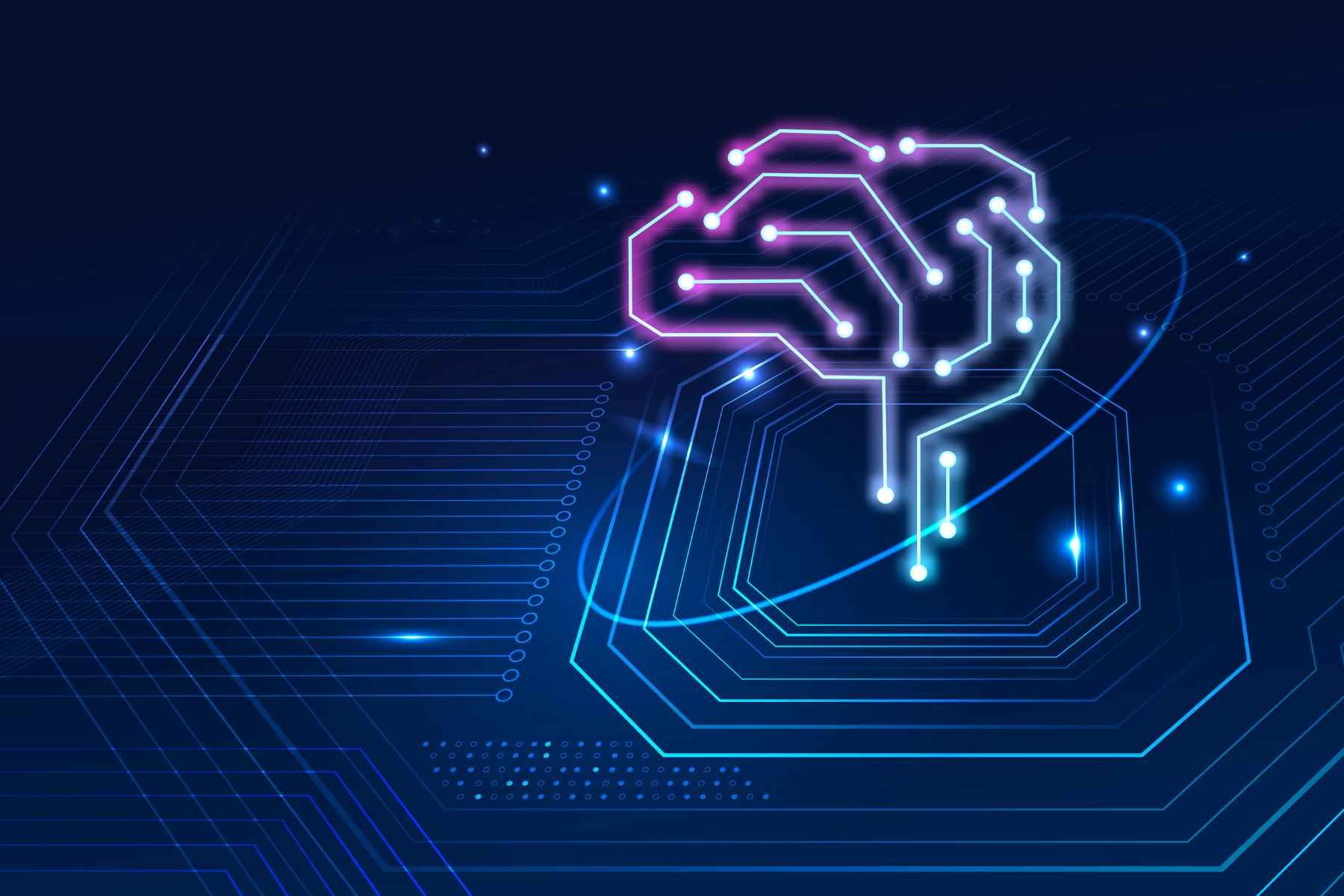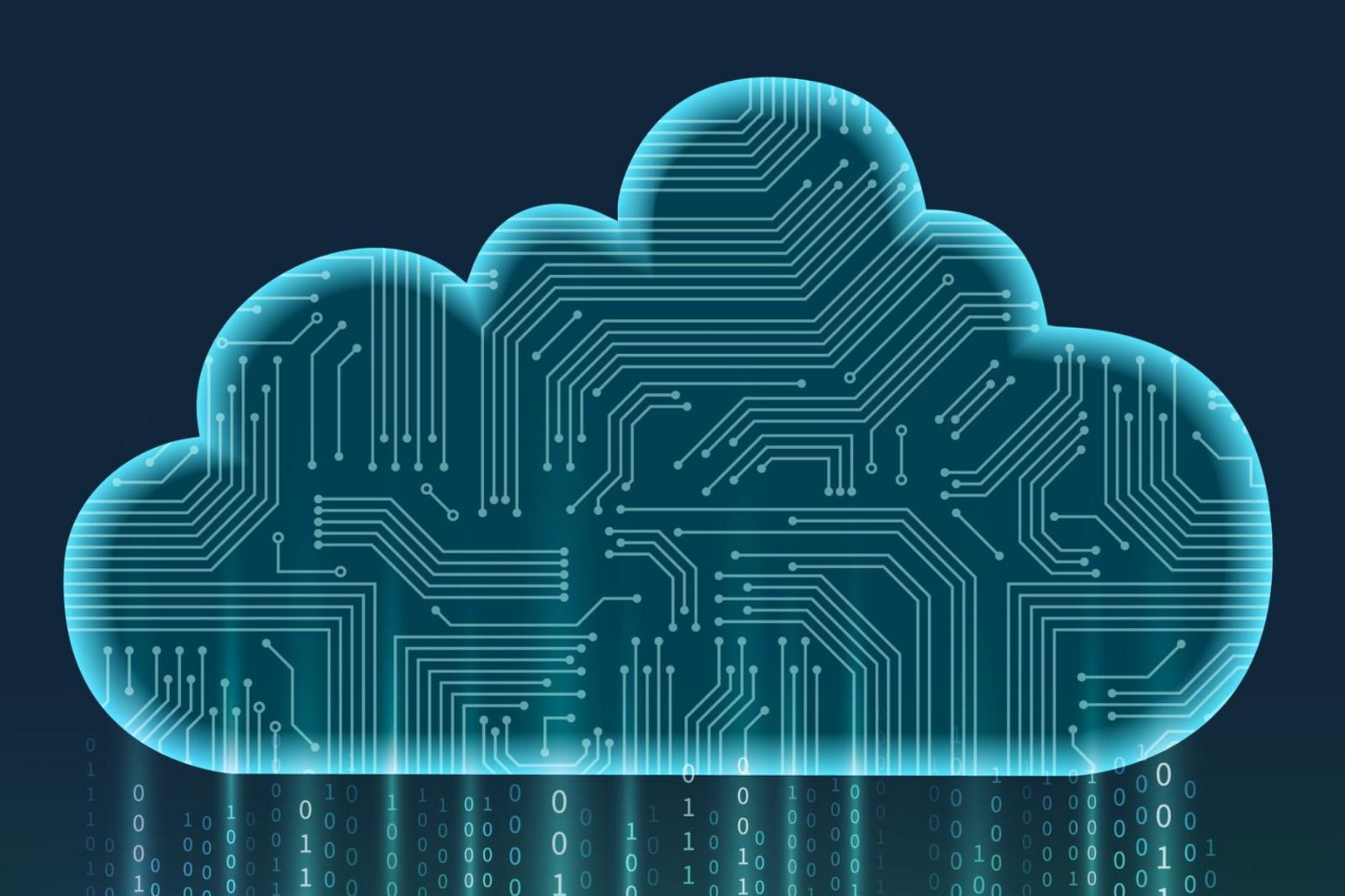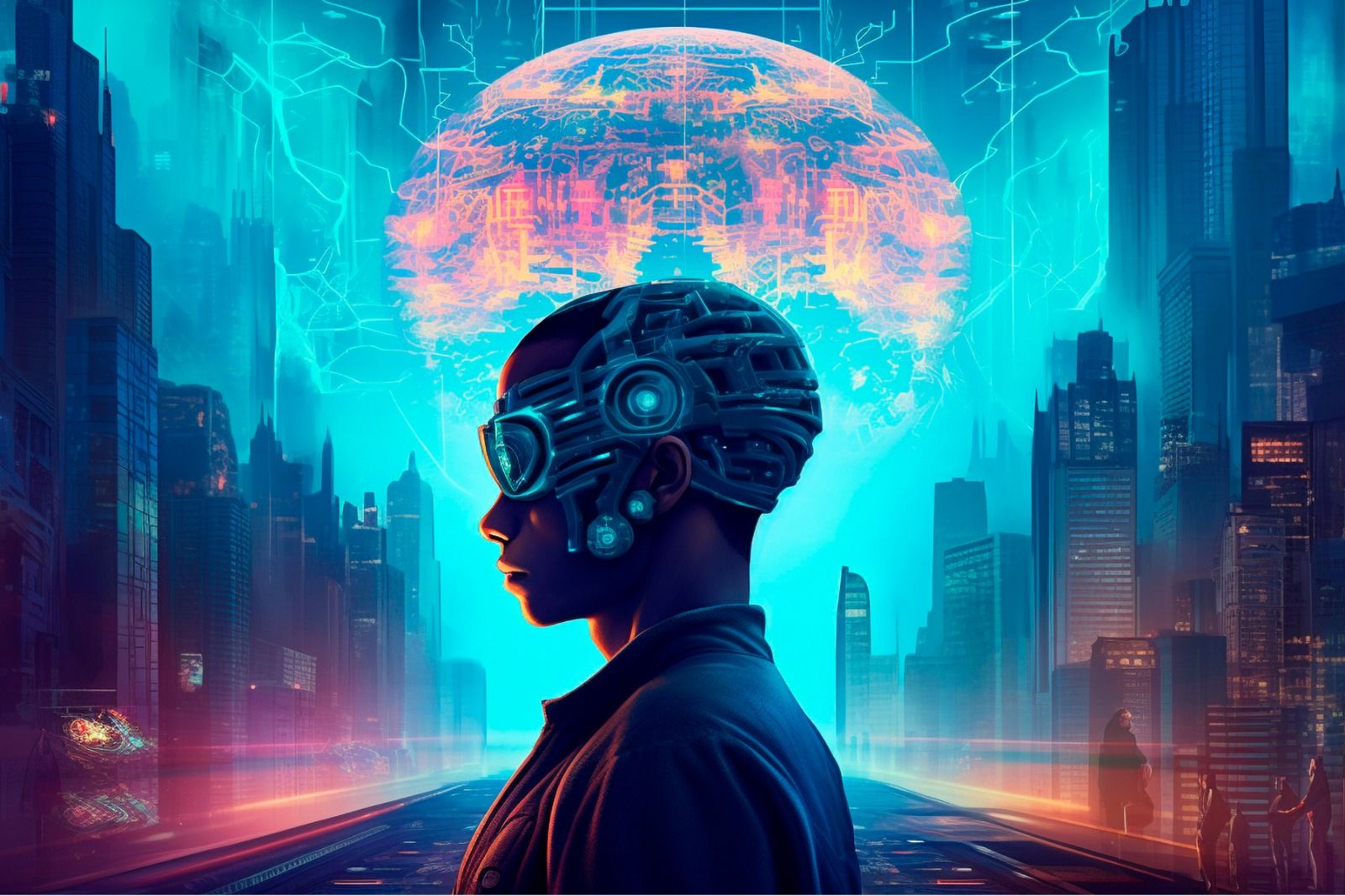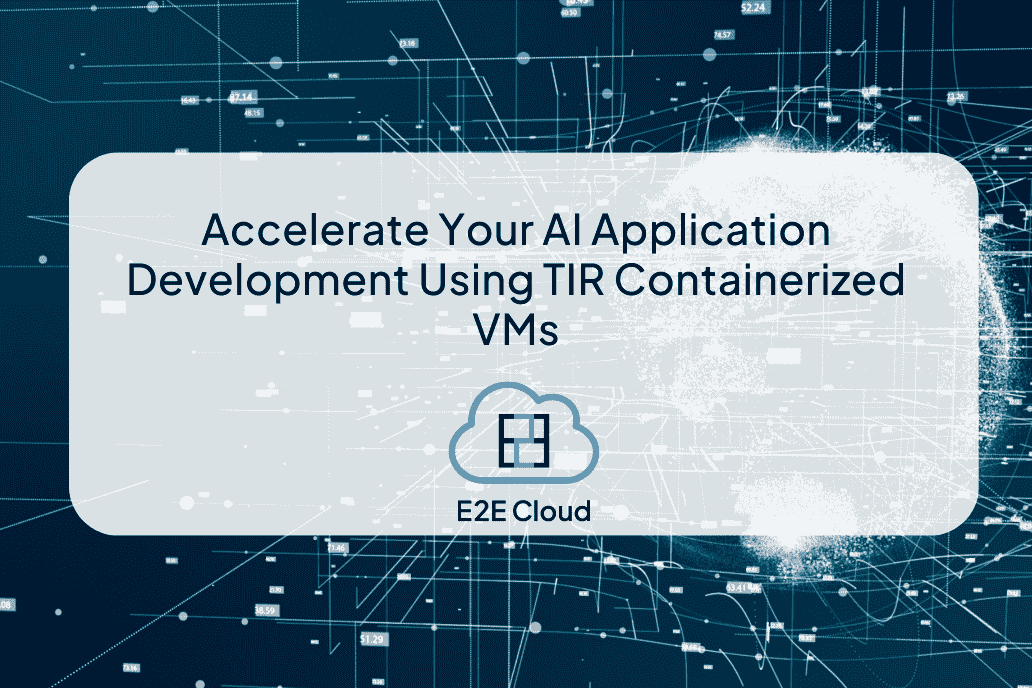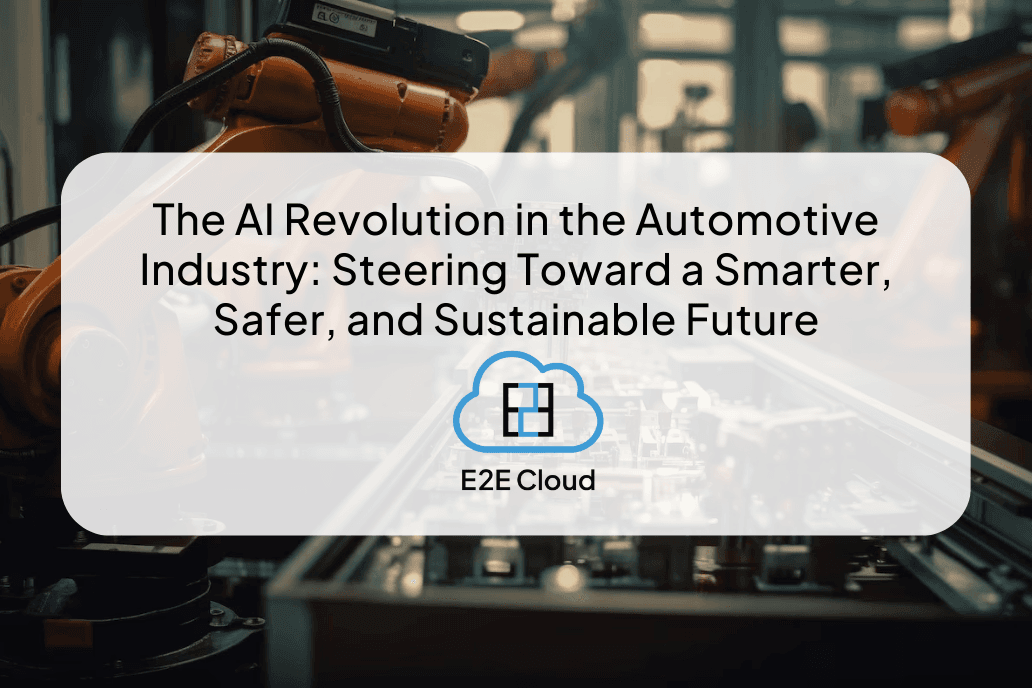An efficient and well-sorted data storage solution is a key requirement of any business. Moreover, the landscape of how businesses use and interact with data is changing drastically, so it is crucial to bank on scalable storage solutions that are responsive to the dynamics of an organisation. This blog talks about Block Storage and File Storage, two top-rated cloud storage solutions for enterprises.
File Storage Vs Block Storage
There is no one correct answer to which is good or which is bad. Both the storage solutions have their own set of applications, and by having a clear understanding of how each functions businesses can assess which one would be the right fit for their needs.
Understanding File Storage
It is the most familiar storage system that everyone has been using since the day's computers came into use. You store data in your personal computers using the file storage system. The key element that is unique to file storage is its hierarchical model.For instance, you have a folder called "Employee Salary Details", then within this folder, you can have multiple other folders like "Salary details", "Perks", "Bonus", etc. Likewise, when data or a file is stored following a folder within the folder hierarchy, it can be called file storage. Now, there are two key things regarding file storage system :
- First, every file gets stored as one single piece
- Second, every file gets stored at one particular location
This means, to access a file, one needs to follow the correct pathway, which is the unique address to that file. For instance, the address to your file might be c://documents/veryimptfiles/employee details/salary details/file.txt.
The Mechanism of File Storage
When you store a file on your personal computer, you create an address to that particular file, which is valid for your computer only. Following the same address on a different computer won't lead you to the same piece of data. So how can you make the file accessible from other computers? For that, you need to share your data over a network connecting the other users' computers. This is done through NAS (Network Attached Storage).
NAS is a shared repository that will make a file or data accessible from different computers connected over a network. File storage solutions are most relevant when data sharing needs to be done within a small team.
Understanding Block Storage:
Why is it needed?
File storage has a complexity. To understand that, imagine a step-up where a network is not restricted to a few computers only; rather, it is connecting thousands of computers, and the data in sharing is not in KB size but in GB size. That much heavy data management over one network will take a few seconds, if not less, to bring the whole network down.
Cloud-based NAS file storage solutions address this complexity of traditional file storage systems to some extent, but the proper solution is cloud block storage.
The mechanism of block storage:
The trademark of block storage is its lowest latency. Latency means the time of retrieval, i.e., how fast the storage system can retrieve the data files when someone requests to access those. Block-storage low latency makes it the most efficient storage system. So, what causes low latency in block storage.
Suppose there is a file of GB size; the block will break it into small blocks of equal size. These broken blocks are called chunks. So the data in the block storage doesn't exist as a single piece, unlike that in file storage; rather, it exists as small size chunks. Now that is not all about the low latency of the block storage system. There is more to it:
To understand, try to picture this: your computer's OS is busy processing many other things, and at the same time, you want it to save or retrieve a file from the storage. That will be an extra load on your OS. But block storage doesn’t let this happen.
It adds a middle layer between your computer OS and the storage system. This middle layer is called SAN (Server Area Network). SAN is nothing but one single server or a group of servers, which are operating systems; it can be Windows OS, Linux OS, or multiple OS.
The purpose of the SAN-OS is to take over the responsibility of data processing; everything happens in the SAN-OS and not in your computer OS. This keeps your computer off the load.
Now, come to the data storing part. Block storage is not a single entity. It is a collection of independent volumes; volumes can be pictured as hard drives in the server. These volumes are not connected to each other but connected to the servers or the OS in the SAN. In a nutshell, the block storage mechanism is something like this:
- The computer OS makes a request to save a file to the storage or retrieve the file
- SAN receives the request, breaks the data file into small and same size chunks or blocks
- Does the indexing of the blocks and randomly distributes it among the Volumes in the storage.
The Crux
Block storage is considered a highly efficient storage system because storing and retrieving data is not dependent on the user OS. The SAN identifies the connected blocks through indexing and puts them together to retrieve the data in its original form.
The Final Words : File Storage Vs Block Storage
In block storage, data is stored in blocks, whereas, in file storage, data is stored as files in a single piece. A block is not a complete file, so integration is not a property of the block, but in file storage, you can integrate data in different folders. You can access block storage data over any operating system, which is not the case with file storage. Block storage is like a hard drive in the server, so it is more flexible than file storage. File storage is simpler and easier to manage. Block storage is popular as a networking architecture used by enterprises for business-critical applications, while file storage is ideal for data sharing within small teams.
Please find the signup Link for a free trial:-https://bit.ly/freetrialcloud

